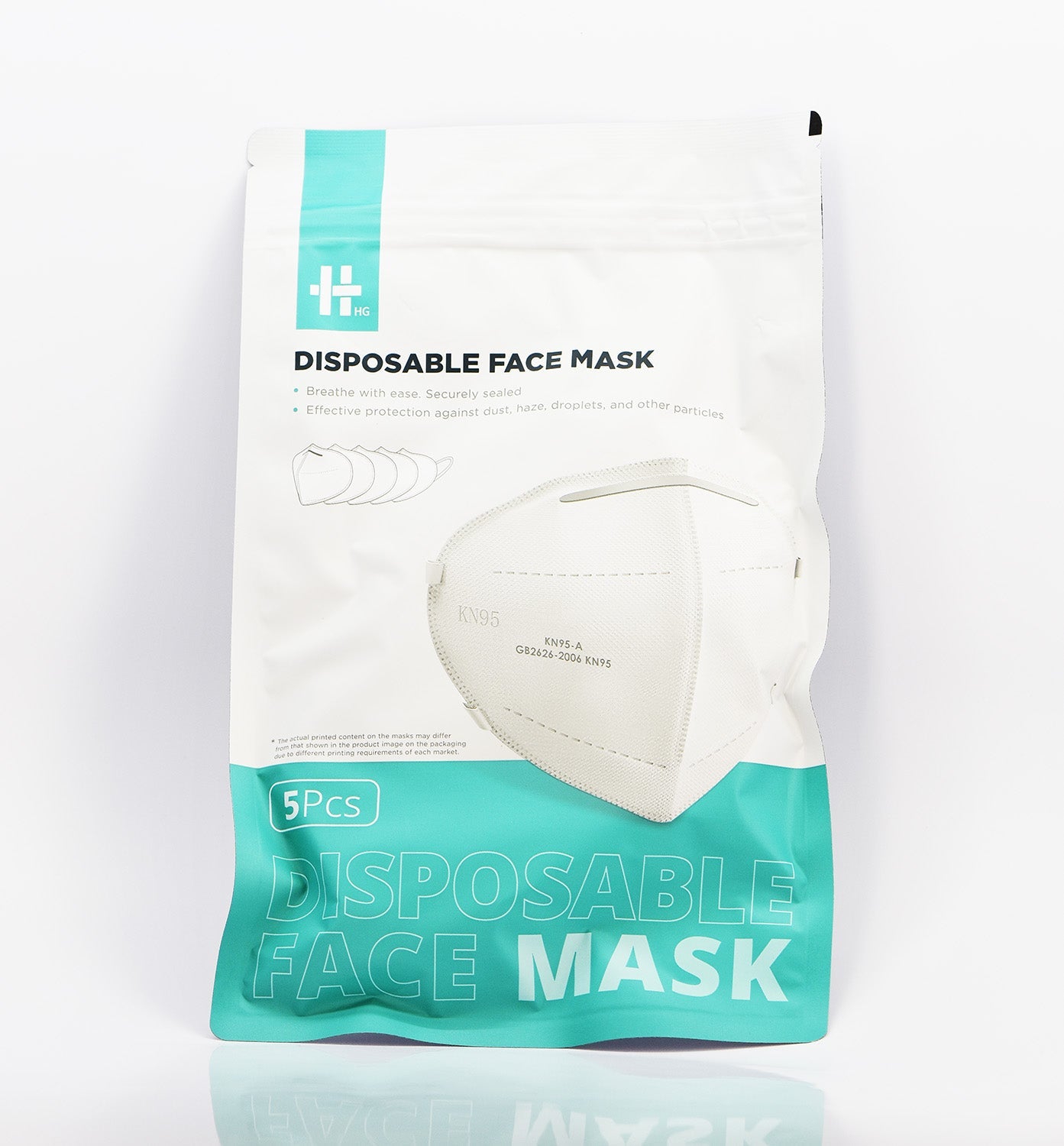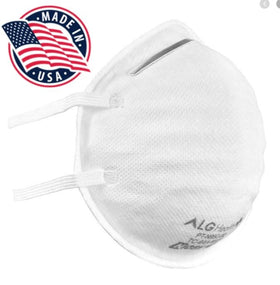
The Case for Strategic Masking: Staying Safe During Respiratory Virus Season
It can feel isolating to be the only one wearing a mask in public settings like grocery stores, office meetings, or social gatherings. This might leave you questioning whether wearing a mask to protect against COVID-19 is still worth it—especially as many recent cases seem to cause only mild symptoms.
However, COVID-19 hasn’t disappeared. In recent months, cases, hospitalizations, and even deaths have shown an uptick, and with winter approaching, another spike is possible. Additionally, two new Omicron subvariants, EG.5 (Eris) and BA.2.86 (Pirola), are reportedly more transmissible than earlier strains.
COVID-19 isn’t the only virus circulating, either. Flu and respiratory syncytial virus (RSV) are also concerns, especially during the fall and winter months, when these three viruses often surge together—a phenomenon commonly referred to as the "tripledemic."
While a handful of schools and businesses have reinstated mask mandates in response to recent COVID-19 surges, most areas are unlikely to return to widespread mask requirements. This means the responsibility of deciding when to mask largely falls to individuals.
“People can now make their own choices about wearing masks to protect themselves from COVID-19 and other respiratory illnesses,” says Dr. Karen Jubanyik, an emergency medicine specialist at Yale Medicine. Many people are now turning to "strategic masking"—wearing a mask selectively in situations where the risk of infection is higher.
Here’s a breakdown of how to decide when and where masking might be beneficial, based on expert recommendations.
1. Assess Your Risk and the Risk of Those Around You
If you are at higher risk for severe illness from COVID-19—or live with someone who is—it’s wise to wear a mask in crowded indoor spaces, particularly when COVID-19 activity is high in your area. You can check local COVID-19 hospital admissions through the Centers for Disease Control and Prevention (CDC) to gauge the risk level in your community.
Certain groups face a higher risk of severe outcomes, including:
- Adults aged 50 and older, with risk increasing significantly for those 65 and older.
- Individuals with underlying conditions like heart disease, diabetes, or obesity.
- Pregnant individuals.
- Residents of long-term care facilities.
- Those with limited access to healthcare services.
Even if your personal risk is low, masking may be a considerate choice to protect loved ones or others around you, especially in areas with high virus transmission.
2. Wear Masks in Healthcare Settings
While not all hospitals or doctor’s offices require masks, wearing one in these environments is a good precaution. Patients in healthcare settings often have weakened immune systems, making them especially vulnerable to respiratory infections. Masks can also protect against illnesses that exacerbate underlying conditions, such as heart or lung diseases.
3. Carry a Mask for Specific Situations
Having a mask on hand allows you to make informed decisions in various settings:
- Shopping: In large, well-ventilated stores, the risk may be minimal, but a mask can be helpful in smaller, crowded spaces.
- Dining Out: Eating outdoors is generally safer than indoors. If you choose to dine indoors, select venues with good ventilation and spaced-out seating.
- Traveling: Masks are advisable on planes, trains, buses, and other crowded modes of public transport, where respiratory infections are easily spread.
- Religious Services: Indoor worship services often involve close contact, singing, and loud talking, making them higher-risk environments. Wearing a mask and staying up-to-date on vaccinations can reduce the risk.
- Special Events: To avoid illness before important events like weddings, holidays, or vacations, consider masking in the days leading up to these gatherings.
4. Pay Attention to Indoor Time
The amount of time spent in indoor settings with others matters. The CDC notes that prolonged close contact (15 minutes or more) with someone infected with COVID-19 increases the risk of transmission. In crowded or poorly ventilated spaces, masks are an effective way to reduce exposure.
5. Choose the Right Mask
Not all masks offer the same level of protection. The CDC advises using well-fitting surgical masks, KN95s, or NIOSH-approved N95 respirators for optimal protection. Select a mask that fits snugly and is comfortable enough to wear consistently.
6. Use Masks as Part of a Broader Strategy
Masks are just one tool in your arsenal against respiratory viruses. Vaccination remains the first line of defense. This fall, updated COVID-19 boosters are available for everyone 6 months and older, along with flu shots and new RSV vaccines for older adults. For young children, RSV prevention options like monoclonal antibodies and maternal vaccinations are also available.
Other precautions—such as avoiding crowded indoor spaces, maintaining physical distance, practicing good hand hygiene, and improving ventilation—can further reduce your risk of infection.
Final Thoughts
Wearing a mask won’t eliminate your risk of getting sick, but it’s an effective way to reduce it. “If case numbers rise this winter, I plan to mask up more often,” says Dr. Scott Roberts, an infectious disease specialist at Yale Medicine.
By taking a strategic approach to masking, you can protect yourself and those around you, especially during the high-risk winter months.


